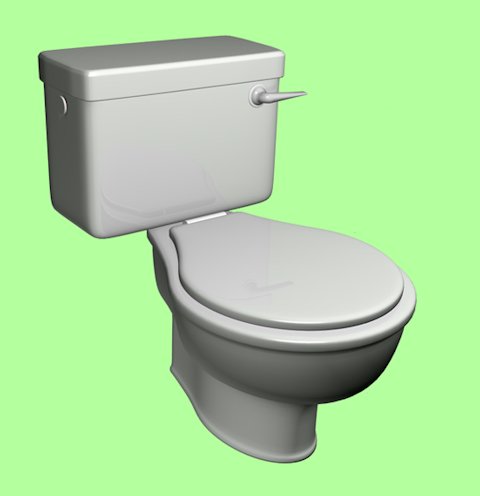
|
Some Common Myths Thought to be True - Myth 96
Myth 96: Sir Thomas Crapper Invented the Flush Toilet
Thomas Crapper (baptized 28 September 1836; died 27 January 1910) was a plumber
who founded Thomas Crapper & Co in London. Contrary to widespread
misconceptions, Crapper did not invent the flush toilet. He did, however, do
much to increase the popularity of the toilet, and developed some important
related inventions, such as the ballcock. He was noted for the quality of his
products and received several royal warrants.
|
| Flush Toilet | |
|
Crapper held nine patents, three of them for water closet improvements such as
the floating ballcock, but none was for the flush toilet itself. Thomas
Crapper's advertisements implied the siphonic flush was his invention; one
having the text "Crapper's Valveless Water Waste Preventer (Patent #4,990) One
movable part only", but patent 4990 (for a minor improvement to the water waste
preventer) was not his, but that of Albert Giblin in 1898. Crapper's nephew,
George, did improve the siphon mechanism by which the water flow is started. A
patent for this development was awarded in 1898.
|
|
| ⇦ Back to Myth 95 Return to Myth Choices Page 7 On to Myth 97 ⇨ | |